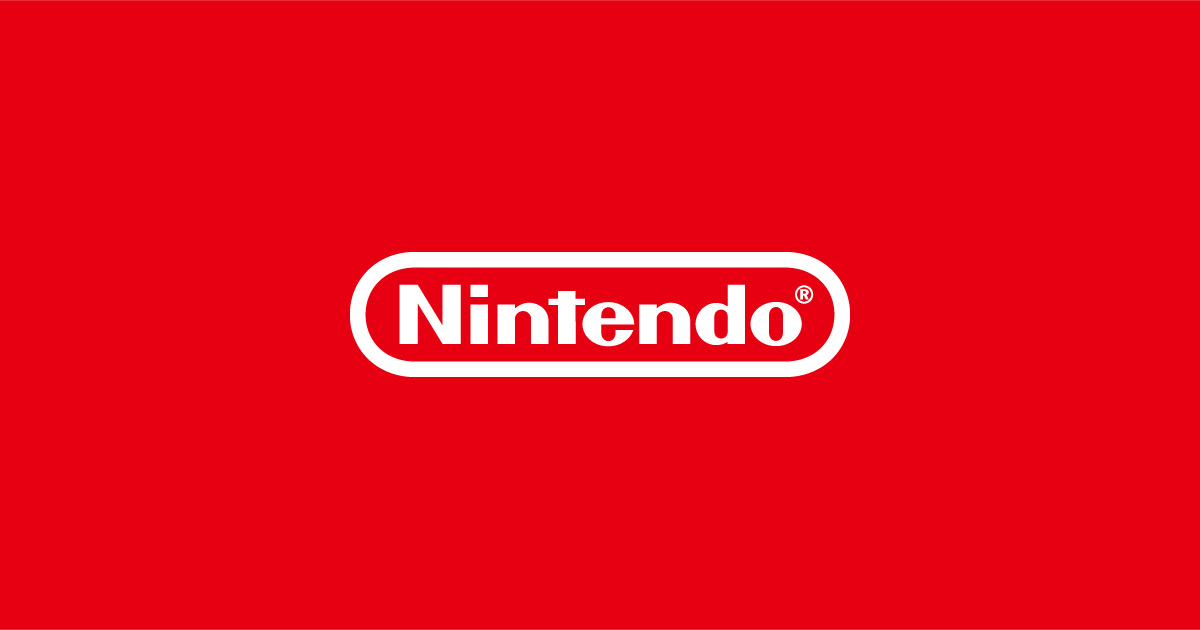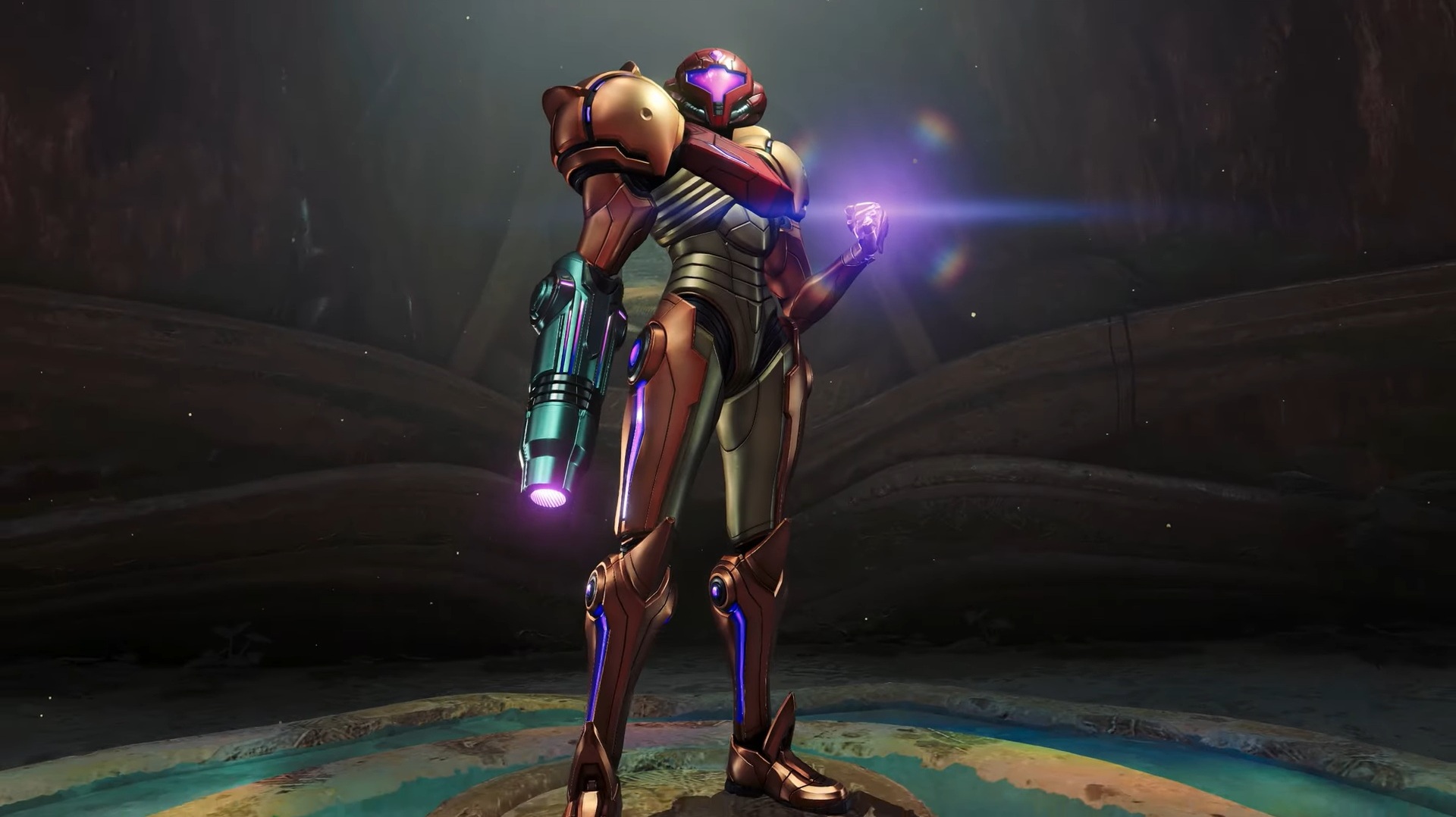For years, the gaming community was abuzz with rumors of a 'Nintendo Switch Pro'—a supposed mid-cycle upgrade of Nintendo’s groundbreaking hybrid console.
While anticipation grew and speculation soared, an official announcement from Nintendo never materialized.
The chatter, fueled by persistent leaks and industry whispers, left many Nintendo fans questioning what was really in the works behind the scenes.
This week, Digital Foundry, a leading authority on video game hardware analysis, published an investigation dissecting the Switch Pro mystery and the technology transitions that ultimately shaped the highly anticipated Nintendo Switch 2. Laying out a clear timeline, Digital Foundry’s report suggests that what became popularly known as the Switch Pro was actually a blend of multiple projects and prototype developments.
As described in their assessment, the so-called Switch Pro appears to have been a mixture of the hardware enhancements seen in the Nintendo Switch OLED model and the foundational work that would evolve into the Switch 2—a next-generation console now officially slated for release on June 5, 2024. Looking back, the original Nintendo Switch, launched in March 2017, was lauded for its innovative hybrid design but faced skepticism regarding its technical horsepower.
Powered by Nvidia’s Tegra X1 processor, the device impressed both gamers and developers.
Digital Foundry notes that, despite initial concerns stemming from the Tegra X1's performance in the Nvidia Shield Android TV, developers managed to achieve outstanding results.
The Switch’s robust game library—including acclaimed hits such as The Legend of Zelda: Breath of the Wild and Animal Crossing: New Horizons—attests to this creative resourcefulness, helping propel the platform to over 125 million lifetime sales as of early 2024. With the Switch 2 set to debut, attention has shifted to its hardware specs.
The new console is expected to utilize Nvidia’s T239 processor.
While this silicon may not rival the raw power of competing platforms such as Xbox Series S or PlayStation 5, Digital Foundry points out that it still retains valuable next-gen features and, more importantly, solid backing from third-party developers.
In their analysis, the team expresses optimism about high-profile titles like Cyberpunk 2077 launching alongside the Switch 2, indicating a significant leap in third-party support over the original Switch. Ultimately, the Nintendo Switch Pro was not a single product, but rather a convergence of incremental upgrades and behind-the-scenes innovation that paved the way for the Switch OLED and, eventually, the Nintendo Switch 2.
As June 2024 approaches, fans can look forward to a generational leap in Nintendo hardware, backed by years of technological refinement and widespread developer enthusiasm.
While anticipation grew and speculation soared, an official announcement from Nintendo never materialized.
The chatter, fueled by persistent leaks and industry whispers, left many Nintendo fans questioning what was really in the works behind the scenes.
This week, Digital Foundry, a leading authority on video game hardware analysis, published an investigation dissecting the Switch Pro mystery and the technology transitions that ultimately shaped the highly anticipated Nintendo Switch 2. Laying out a clear timeline, Digital Foundry’s report suggests that what became popularly known as the Switch Pro was actually a blend of multiple projects and prototype developments.
As described in their assessment, the so-called Switch Pro appears to have been a mixture of the hardware enhancements seen in the Nintendo Switch OLED model and the foundational work that would evolve into the Switch 2—a next-generation console now officially slated for release on June 5, 2024. Looking back, the original Nintendo Switch, launched in March 2017, was lauded for its innovative hybrid design but faced skepticism regarding its technical horsepower.
Powered by Nvidia’s Tegra X1 processor, the device impressed both gamers and developers.
Digital Foundry notes that, despite initial concerns stemming from the Tegra X1's performance in the Nvidia Shield Android TV, developers managed to achieve outstanding results.
The Switch’s robust game library—including acclaimed hits such as The Legend of Zelda: Breath of the Wild and Animal Crossing: New Horizons—attests to this creative resourcefulness, helping propel the platform to over 125 million lifetime sales as of early 2024. With the Switch 2 set to debut, attention has shifted to its hardware specs.
The new console is expected to utilize Nvidia’s T239 processor.
While this silicon may not rival the raw power of competing platforms such as Xbox Series S or PlayStation 5, Digital Foundry points out that it still retains valuable next-gen features and, more importantly, solid backing from third-party developers.
In their analysis, the team expresses optimism about high-profile titles like Cyberpunk 2077 launching alongside the Switch 2, indicating a significant leap in third-party support over the original Switch. Ultimately, the Nintendo Switch Pro was not a single product, but rather a convergence of incremental upgrades and behind-the-scenes innovation that paved the way for the Switch OLED and, eventually, the Nintendo Switch 2.
As June 2024 approaches, fans can look forward to a generational leap in Nintendo hardware, backed by years of technological refinement and widespread developer enthusiasm.





